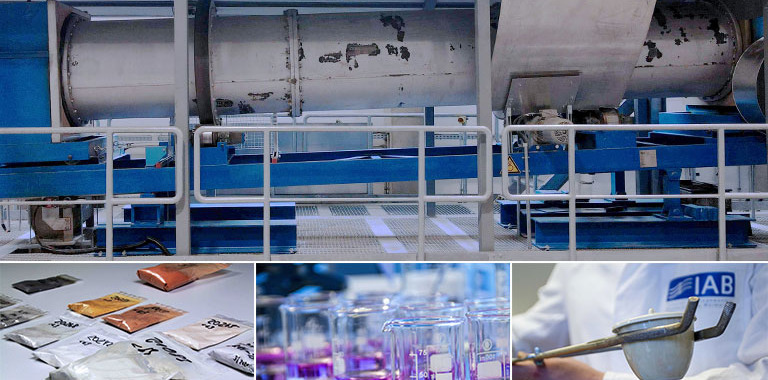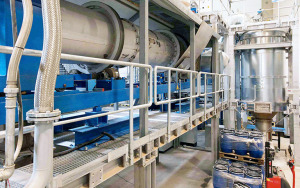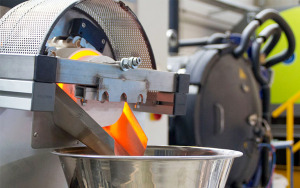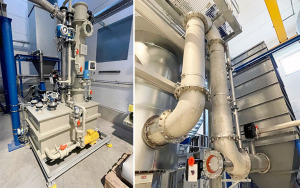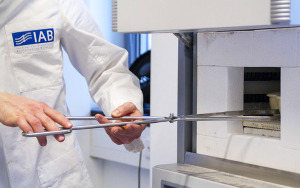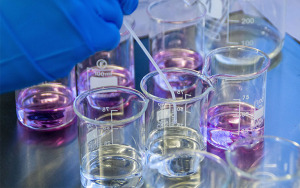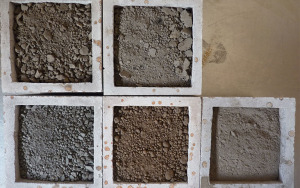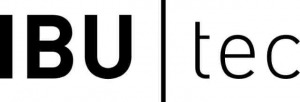Calcination of mineral raw materials
Calcination in production
Industrial calcination is generally associated with the deacidification of limestone to produce clinker for industrial cement production. However, this process is associated with a significant release of CO2 emissions, mainly due to the raw material. Furthermore, many other primary and secondary raw materials can be calcined by a thermal process but the associated CO2 emissions are significantly lower.
Important examples of this are the so-called calcined clays, which may already be used as clinker substitute or concrete additive in many European countries. Thermal processing of such clayey primary and/or secondary raw materials results in the formation of individual surface charges or a change in the cation exchange capacity of the clay particles. This leads to the development of specific characteristics of the calcined products. In the temperature range between 600 and 850 °C, metakaolin or metatone with pozzolanic characteristics are formed.
Basics of a successful calcination of your products
The IAB - Weimar Institute of Applied Construction Research deals with the calcination and thermal processing of primary raw materials within the context of its research and development activities for more than 25 years. These primary raw materials include stones and soil as well as industrial limestone, marl and dolomitic stone, gypsum or anhydrite stones, clays and loams. The infrastructure at the Weimar Institute enables the examination of calcination in small-scale as well as semi-technical scale. For this purpose, an industrial rotary kiln with downstream thermal afterburning, gas measurement analytics and flue gas desulphurisation system is available.
Due to the increasing demands on the recycling economy of the construction industry, the calcination of secondary raw materials in particular has become the focus of attention. In cooperation with several industrial partners, we provide clients support in the realization of their visions. Due to the increasing demands on the recycling economy of the construction industry, the calcination of secondary raw materials in particular has become the focus of attention. In cooperation with several industrial partners, we provide clients support in the realization of their visions.

